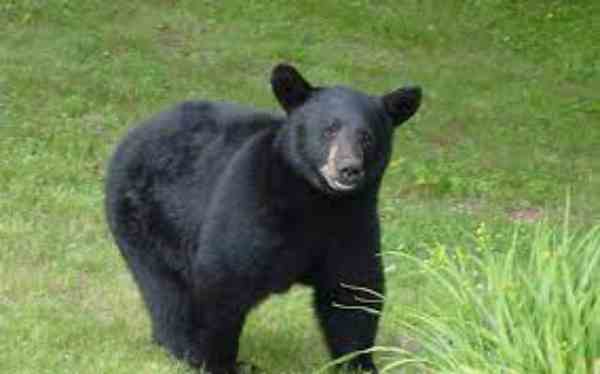Table of Contents
Bears may not be the first thing that comes to mind when you think of Utah wildlife, but they are an important and biodiverse species in the Beehive State. Despite their looming strength, black bears in Utah remain elusive, shy animals with a preference for forests and mountains – particularly those with dense underbrush where they can feed on berries, roots, buds and insects.
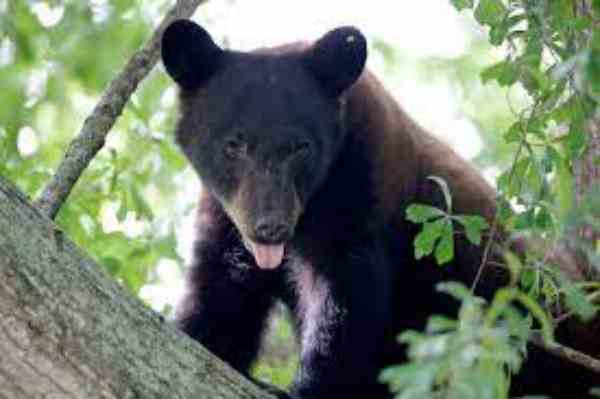
Are there Black bears in Utah?
Utah is home to many interesting wildlife species, and one that stands out especially is the majestic Black bear. While sightings of Black bears in Utah have become increasingly rare over the past several years due to hunting and habitat destruction, there are still reports of these beautiful creatures inhabiting more rural regions of the state.
For instance, sightings of Black bears in Utah have been noted in national parks such as Zion National Park and American Fork Canyon, as well as along riversides near communities such as Duchesne where they can find an abundance of food sources like berry bushes.
Where are Black bears located in Utah?
Black bears in Utah are a common sight and can be found throughout the state. These majestic creatures inhabit both the highly-elevated mountainous regions of Utah’s accessible peaks and densely populated lowland valleys. The most concentrated population of black bears can be found in northern and central Utah, but they’ve also been spotted in southwestern Utah – including sightings of mother bears with cubs near St. George.
Habitat
The habitat these Bears live in largely depends on the habitat and food resources the species requires. Black Bears can be found in mountainous regions throughout the state, especially in Alpine forests where they eat plenty of wild berries and other plant-based foods.
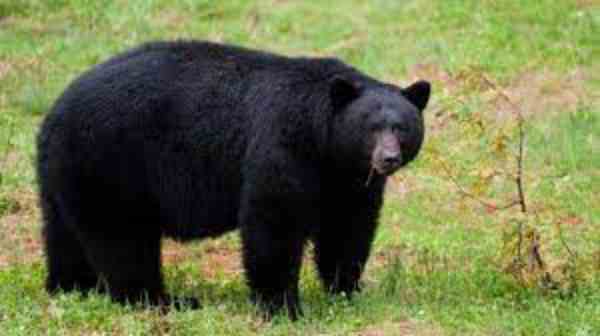
Diet
They are opportunistic feeders and eat fruits, nuts, insects, honey and anything else that will provide them with sustenance. In the summer months, they prefer to consume plant foods such as berries or other sweet material whilst, during the winter, they tend to dine on carrion and small prey such as rodents or deer.
Colour
It has been observed that the dominant colour of black bears in Utah is jet black with a slight brown cast. However, much to the surprise of some, sightings of cinnamon-coloured black bears in Utah have been reported. The species’ ability to adapt and thrive in different locations is believed to allow for such variations in colouration; evidence suggests that darker-coloured coats survive longer due to their ability to blend into the shadows while lighter coats help protect the bear from predators by letting them blend into their surrounding environment.
Size, Lifespan and Weight
The average black bear will weigh between 150 to 600 pounds, or even more in some cases. In terms of length, an adult black bear can have a total standing size of 3 to 7 feet. Furthermore, black bears are long-lived species with a lifespan of approximately 15 – 25 years when living in the wild, and up to 30 years when in captivity.
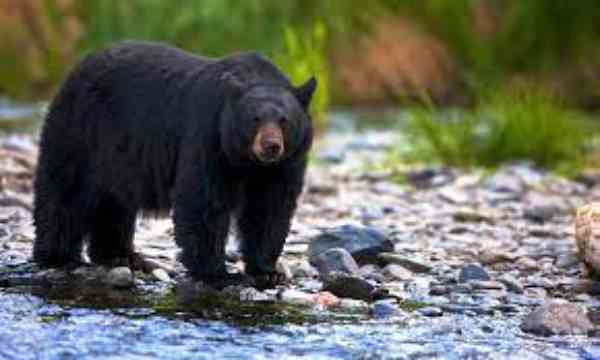
Predators
Bears in Utah have the occasional run-in with some of their more vicious predators, such as coyotes, bobcats and mountain lions. Fortunately for the bears, they are generally much larger than their predators and can often repel the attack. Still, if the predator sees an opportunity like a bear cub being left alone for even just a few minutes it might rush in to feed or carry away the smaller animal.
This is something all bear families should keep in mind when venturing into Utah’s forests and mountain ranges; while they may never see any of these predators on their travels, they must still be aware that they could be nearby lurking in shadows or behind tall grasses.
Reproduction
Black bears are equipped with sophisticated reproductive strategies that have allowed the species to thrive, even in the face of intense competition for resources. Their mating period starts in mid-May, although different populations have slight variations in timing. During this time, female bears will mate with multiple males and store sperm from each mating until wintertime when she enters into a state of delayed implantation.
This means that although her body can hold onto multiple sets of sperm at once, it won’t begin the process of producing cubs until later on in the year. A few months after entering hibernation, she’ll give birth to litters averaging two cubs (though litters can range between one and four). The mother bear will raise these cubs on her own over the winter before they venture out on their own come springtime.
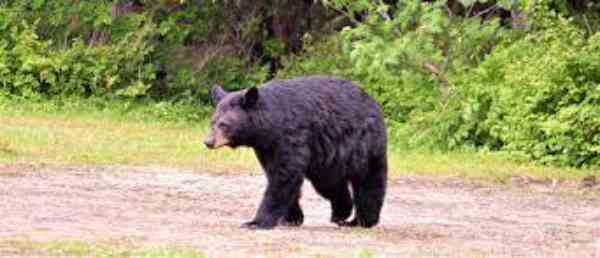
How many bears are in Utah?
The exact number of Black bears in Utah is unknown due to the difficulty of accurately counting this species. In fact, many national parks that are home to these bears are too remote and large to gauge even an approximate population figure. That said, biologists estimated that in 2021 there were 4000 Black bears living in the wild throughout Utah.
Do Black Bears Hibernate in Utah?
While some may think of the snow-covered Utah mountains as being filled with black bear families, that is actually not the case. Black bears in Utah do not hibernate, unlike their relative species in other parts of the world. In fact, they have adapted over time to survive milder Utah winters and are more active during the cooler months. They forage for food and may even find a sunny spot to take a nap on those warmer winter days.
Where are the most black bears in Utah?
In Utah, the most populated area for black bears is found in the Wasatch Mountains located in northern Utah. Every year, a portion of these bears venture into the valleys and plains near the mountains, which increases sightings of them in different parts of the state. The Uinta-Wasatch National Forest further provides incentives for these bears to explore due to its abundance of natural food sources like bugs, berries, and fish.
Reference:
https://wildlife.utah.gov/wolves.html
https://allseasonsadventures.com/wildlife-of-the-wasatch-range/
A motivated philosophy graduate and student of wildlife conservation with a deep interest in human-wildlife relationships, including wildlife communication, environmental education, and conservation anthropology. Offers strong interpersonal, research, writing, and creativity skills.

